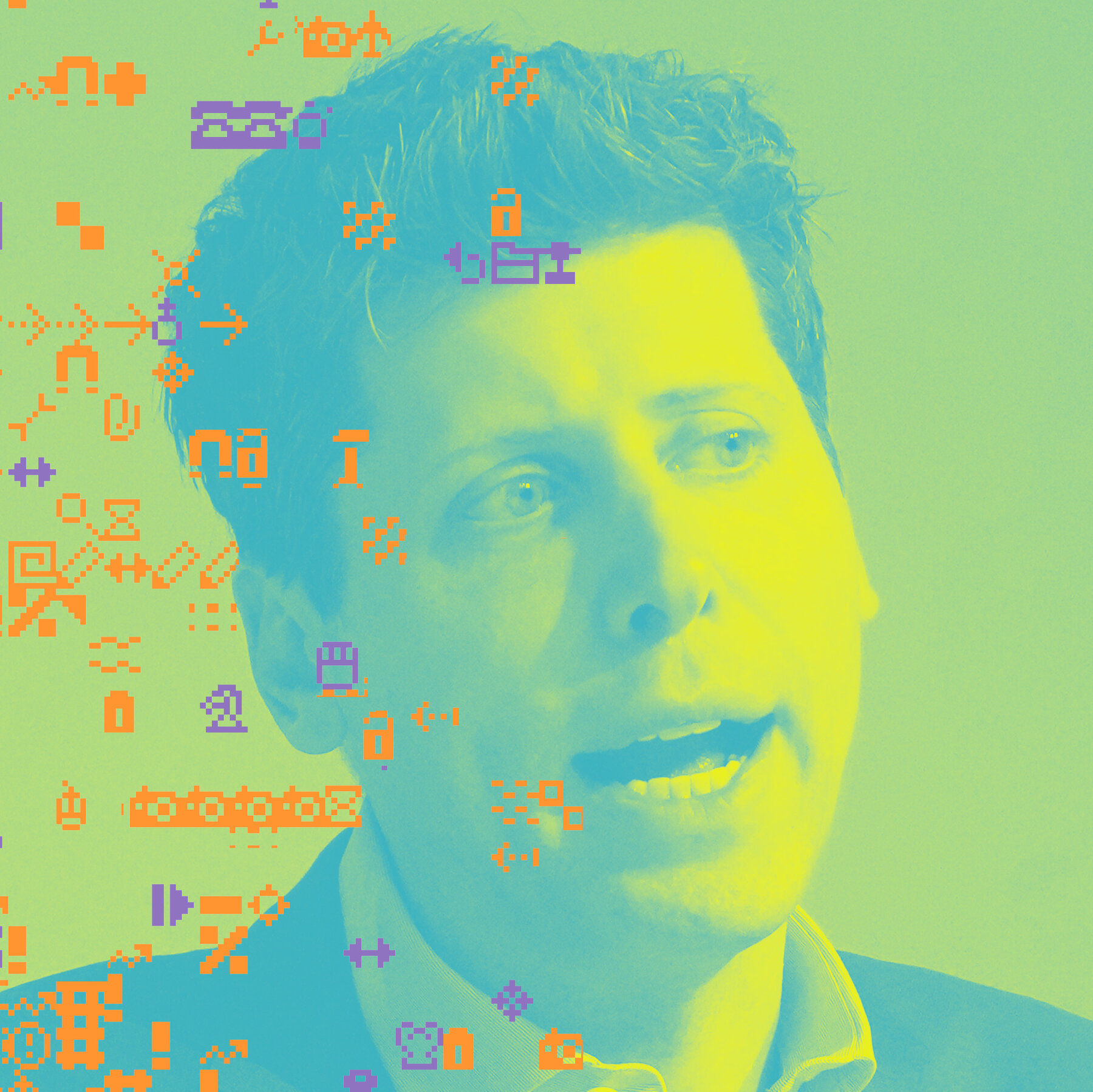Apple TV’s Long-Awaited Thriller Series Poised for Upcoming Premiere
**Tehran: Apple TV’s Exciting Espionage Series Makes a Comeback for Season 3**
Tehran, a highly praised thriller series by Apple TV, is gearing up for its third season, which will premiere on January 9, 2026. This update follows a lengthy wait attributed to various setbacks, including the repercussions of the Israel-Hamas conflict on its release timeline. Since its inception, the series has attracted a loyal audience and received critical recognition, heightening the excitement surrounding the new season.
**Overview of Tehran**
Tehran is an espionage thriller that chronicles the journey of Mossad agent Tamar Rabinyan, portrayed by Niv Sultan. The plot centers on her perilous undercover operation in Tehran, jeopardizing not only her life but also the safety of those near her. The show skillfully intertwines themes of loyalty, treachery, and the intricacies of global espionage, making it a compelling watch for genre enthusiasts.
**Season 3 Details**
Season three of Tehran is set to offer additional suspense and complexity, introducing fresh twists in Tamar’s storyline. Hugh Laurie, celebrated for his performances in House and The Night Manager, joins the cast this season, enhancing the star caliber and richness of the series. The season will debut with an episode on January 9, followed by weekly installments, concluding on February 27, 2026.
**Production and Future Seasons**
Despite the postponements, Tehran’s production has progressed, with Apple TV announcing that a fourth season is already being developed. This assurance regarding the series points to its robust performance and popularity with audiences. The initial two seasons of Tehran are currently available for streaming on Apple TV, providing new viewers with the chance to catch up ahead of the eagerly awaited third season.
**Conclusion**
Tehran distinguishes itself as a remarkable addition to the sphere of international thrillers, merging gripping storytelling with profound character exploration. As fans look forward to the return of Tamar Rabinyan and her dangerous exploits, the series continues to reinforce its status as a must-see on Apple TV. With the guarantee of additional seasons ahead, Tehran is set to keep viewers engaged for years to come.
Read More








